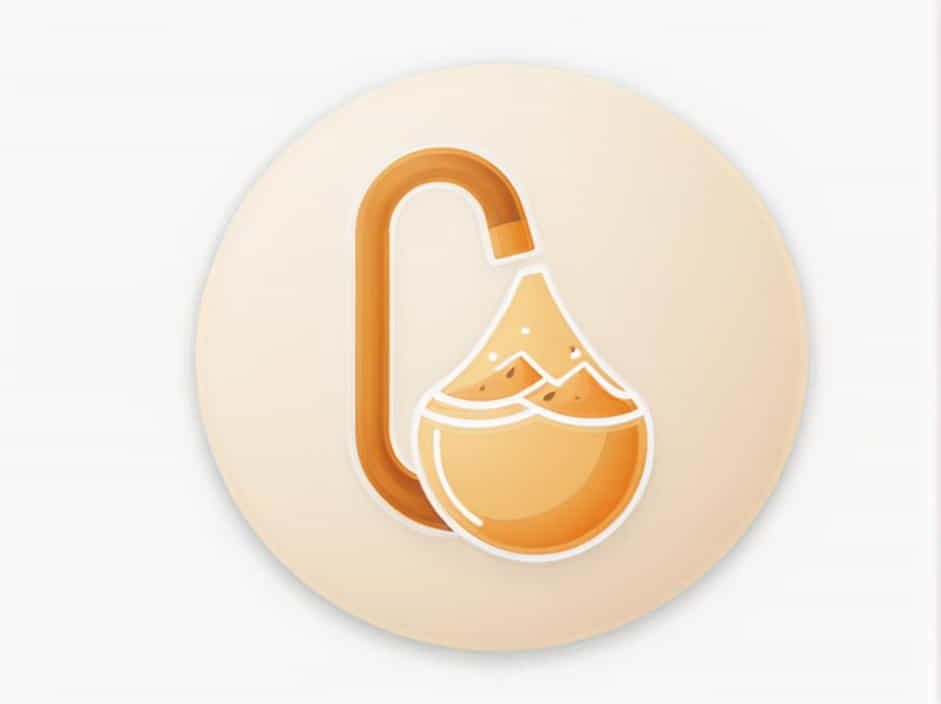Finding sand in your pool can be frustrating, especially when it originates from your sand filter. This issue can make the water look dirty and require constant cleaning. Understanding why sand is leaking into your pool and how to fix it will help you maintain crystal-clear water.
How Does a Sand Filter Work?
A sand filter is a common type of pool filtration system that removes dirt, debris, and impurities from the water. It operates by passing water through a bed of fine sand, where contaminants get trapped, and clean water is recirculated into the pool.
When functioning correctly, the sand remains contained within the filter tank. However, if there is a problem, small grains of sand may escape and end up in your pool.
Signs That Sand is Coming from Your Filter
If you notice sand accumulating at the bottom of your pool, especially near return jets, your sand filter may be the cause. Here are some common indicators:
- Fine sand deposits appearing after running the pump.
- Cloudy water or ptopics floating near the floor.
- Recurring sand buildup, even after vacuuming.
Common Causes of Sand in Pool from Sand Filter
1. Broken or Damaged Laterals
The laterals are small plastic components at the bottom of the filter that distribute water evenly through the sand. If a lateral cracks, sand can escape into the pool.
Solution:
- Turn off the pool pump and open the filter tank.
- Inspect the laterals for cracks or breaks.
- Replace damaged laterals with new ones.
2. Faulty Standpipe or Manifold
The standpipe connects the laterals to the filter’s multiport valve. A cracked or broken standpipe allows sand to pass through and enter the pool.
Solution:
- Remove the filter media and check the standpipe for damage.
- If broken, replace it with a compatible part.
3. Overfilled Sand Filter
Adding too much sand to the filter can cause excess pressure, forcing sand ptopics into the pool.
Solution:
- Check the recommended sand capacity for your filter model.
- If overfilled, remove some sand to the correct level.
4. Incorrect Sand Type Used
Pool filters require #20 silica sand with a ptopic size of 0.45 – 0.55 mm. Using sand that is too fine or coarse can lead to leakage.
Solution:
- Ensure you use pool-grade filter sand rather than play sand or other types.
- If incorrect sand was used, replace it entirely.
5. Multiport Valve Issues
A malfunctioning multiport valve can cause water flow problems, leading to sand leakage.
Solution:
- Open the valve and inspect gaskets and spider seals for wear.
- Replace worn-out seals to prevent water bypass.
6. Running the Filter on Backwash for Too Long
Backwashing is essential for cleaning the sand, but excessive backwashing can deplete the sand bed, allowing finer ptopics to escape.
Solution:
- Limit backwashing to about 2-3 minutes or until the water runs clear.
- Follow with a quick rinse cycle before returning to normal filtration.
How to Remove Sand from Your Pool
If sand has already entered your pool, here are the best ways to remove it:
1. Vacuuming the Pool
- Set your pool vacuum to waste mode to prevent recirculating sand.
- Slowly vacuum along the pool floor where sand has settled.
- Be careful not to stir up the sand while vacuuming.
2. Using a Pool Brush
- Brush sand into a centralized pile before vacuuming.
- Use a soft-bristle brush to avoid damaging the pool liner.
3. Running the Pool Pump
- Keep the pump running to allow finer ptopics to settle into the filter.
- Check the pressure gauge to ensure optimal filtration performance.
How to Prevent Sand from Leaking into the Pool
To avoid future issues, follow these maintenance tips:
1. Regularly Inspect Your Sand Filter
- Open the filter tank at least once a season to check the laterals, standpipe, and multiport valve.
- Ensure no components are cracked or misaligned.
2. Replace Filter Sand Every 3-5 Years
- Old sand becomes clumped and loses efficiency, increasing the risk of leaks.
- Replace sand periodically to maintain effective filtration.
3. Use the Correct Backwashing Technique
- Avoid over-backwashing, as it can disturb the sand bed.
- Always rinse after backwashing to prevent sand from being pushed into the pool.
4. Keep an Eye on Water Chemistry
- Balanced water prevents sand clumping and extends the life of the filter.
- Test pH, alkalinity, and chlorine levels regularly.
When to Consider Replacing the Sand Filter
If you’ve tried all possible repairs and still experience sand leakage, it may be time for a new sand filter. Signs that replacement is necessary include:
- Frequent sand leaks despite repairs.
- Cracked filter housing, which cannot be fixed.
- Excessively high pressure readings indicating clogging.
A new filter can significantly improve water quality and reduce maintenance efforts.
If you notice sand in your pool from your sand filter, it is likely due to damaged laterals, a broken standpipe, or improper sand levels. Identifying the root cause and fixing it promptly will prevent further issues. Regular maintenance and proper filter care are key to keeping your pool water clear and free from unwanted sand.
